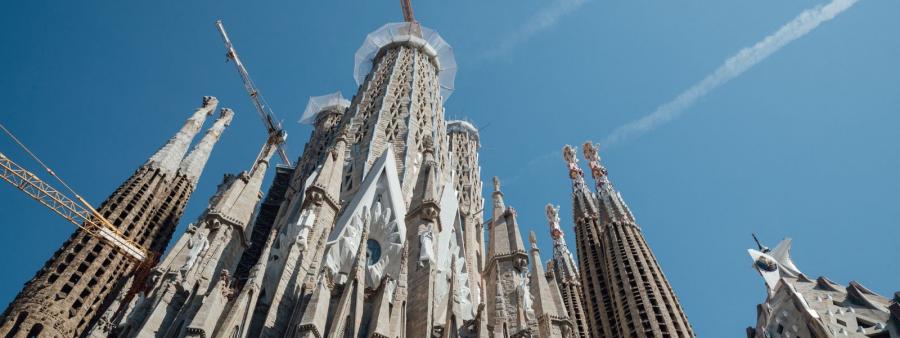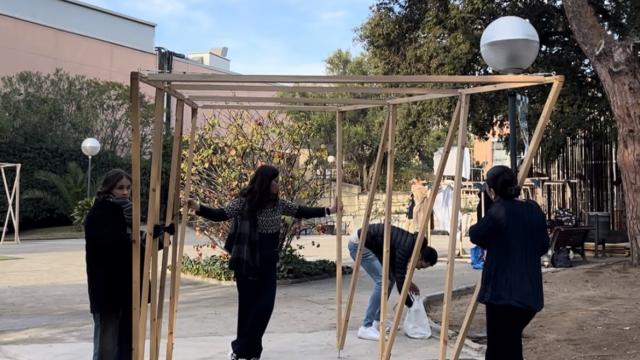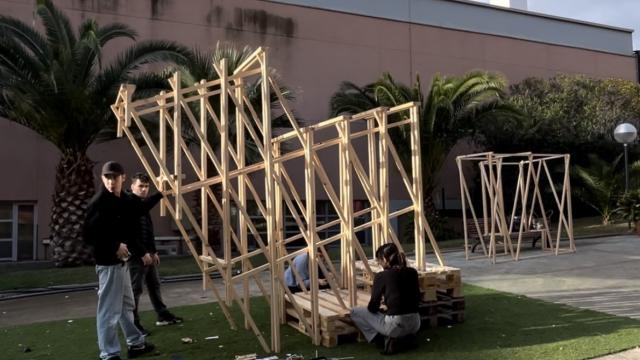Architecture and Technology | Challenges and Trends 2024

Architecture and technology are increasingly intertwined, transforming the way buildings are designed, built and used. In 2024, the following trends are expected to continue to grow, presenting new challenges in areas such as:
-
Sustainability: sustainability will continue to be a priority for architects. Buildings of the future will be more energy efficient, use recycled materials and adapt to the natural environment.
-
Technology: technology will be further integrated into architecture. Artificial intelligence, virtual reality and 3D manufacturing will be used to optimize design and construction processes and to create smarter, more adaptable spaces.
-
Flexibility and adaptability: Buildings of the future will be more flexible and adaptable. Spaces will be able to transform to adapt to different uses and needs.
-
Connectivity: the buildings of the future will be more connected. Sensors and wireless technology will enable buildings to communicate with each other and with their occupants.
Sustainability: making buildings more efficient, recycled and environmentally friendly
Sustainability is a trend that will remain important in 2024. Architects will focus on developing buildings that are energy efficient and environmentally friendly. This will be achieved by using recycled and renewable materials, implementing renewable energy systems and optimizing energy efficiency.
The buildings of the future will be even more energy efficient. This will be achieved through the use of materials and building systems that consume less energy. Renewable energies, such as solar and wind power, will also be used to generate electricity.
In addition, the buildings of the future will use recycled and sustainable materials. This will help reduce the environmental impact of construction.
Flexibility and adaptability: spaces that change as needs change
Buildings will become more adaptable by 2024. Architects will design spaces that can change and adapt to the changing needs of users. This will be achieved through the use of flexible and modular materials and systems.
Buildings of the future will be more flexible and adaptable. Spaces will be able to transform to suit different uses and needs. At La Salle-URL, students from the Degree in Architecture work every day while adapting construction techniques and materials to provide building flexibility in new spaces.
One of their projects, inspired by the masquerade, delved into the basic concepts of life-size construction through abstract factions. The students erected their constructions using wooden poles and adaptable materials to achieve solid structures that inspire the future of architecture and construction.
Indoor-outdoor fusion: spaces that are more connected to nature
In 2024, we will see a greater fusion between the inside and outside of buildings. Architects will create spaces that open up to the outdoors and allow users to enjoy nature. This will be achieved through the use of large windows, terraces and gardens.
Some concrete examples of these trends are:
-
Buildings that generate their own energy through solar panels or wind turbines
-
Buildings that use recycled or renewable materials, such as wood, bamboo or bricks made from construction waste
-
Buildings with large windows that allow users to enjoy views of the outdoors
-
Buildings with terraces and gardens that offer spaces for relaxation and enjoyment
Technology: tools to improve design, construction and management
Technology will continue to play a key role in architecture. Architects will use technologies such as artificial intelligence (AI), virtual reality (VR) and augmented reality (AR) to improve the design, construction and management of buildings.
Artificial intelligence (AI) will be further used in architecture to optimize design and construction processes, and to create smarter, more adaptable spaces. Virtual reality (VR) and augmented reality (AR) will be increasingly used in architecture to create more immersive visualization experiences and help architects visualize their designs in the real world.
Connectivity: buildings that communicate with each other and with their occupants.
Buildings of the future will be more connected. Sensors and wireless technology will enable buildings to communicate with each other and with their occupants.
This will allow buildings to be controlled remotely, monitor their performance and provide personalized services to occupants.
The future of architecture and technology
The trends expected for architecture and technology in 2024 are giving rise to new possibilities for creating more sustainable, intelligent and adaptable buildings.
These trends present new challenges for architects, but also offer them new opportunities to innovate and create spaces that improve people's lives.
At La Salle-URL we update our programs with current trends to offer a quality education to all our students, boosting their professional future through practical methodologies and an expert faculty in the sector.

DEGREE IN ARCHITECTURAL STUDIES



